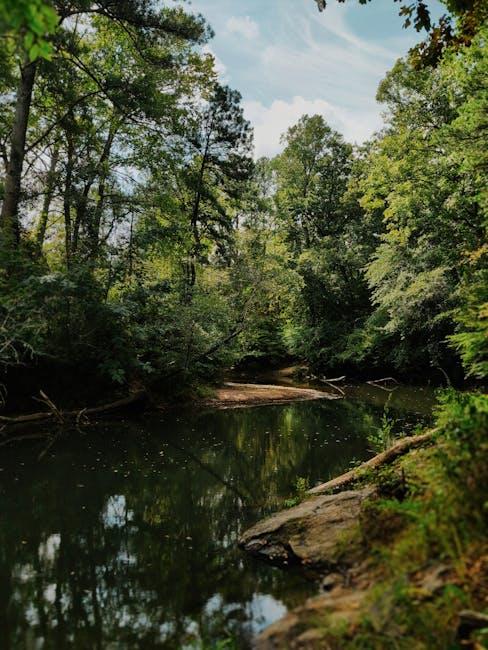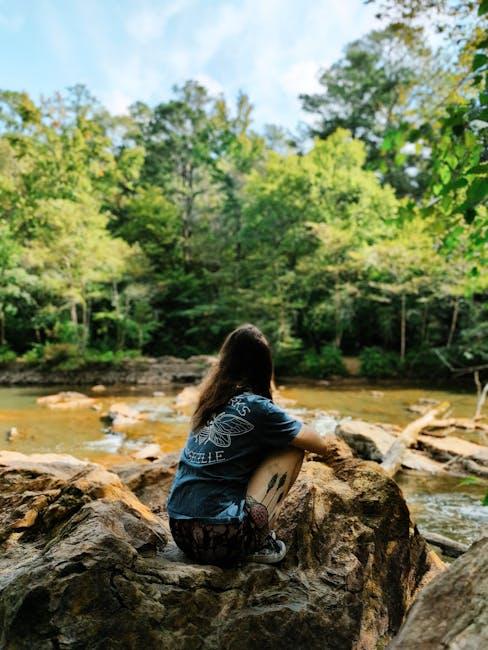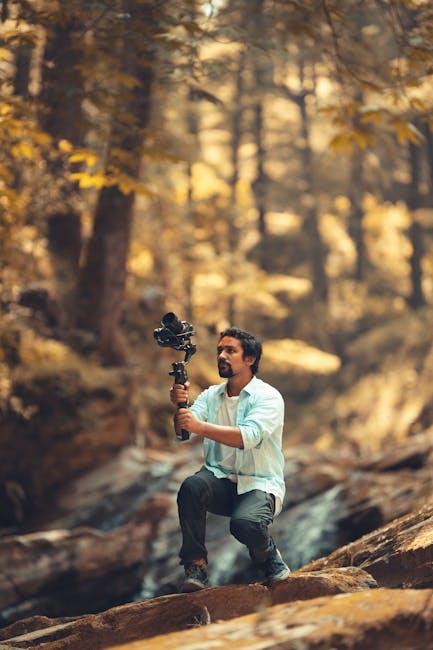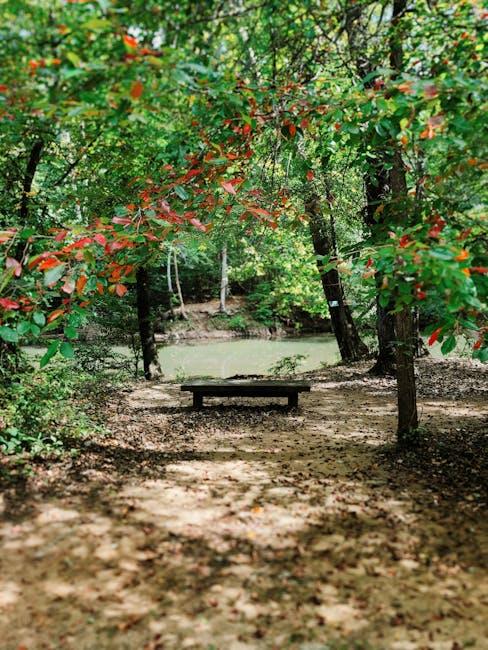Nature documentaries have long served as a window into the breathtaking complexity and beauty of the natural world, captivating audiences with their stunning visuals and compelling narratives. As these documentaries continue to evolve in scope and technology, they not only educate viewers about diverse ecosystems and species but also highlight critical environmental issues and conservation efforts. This article aims to provide a comprehensive analysis of the best nature documentaries available today, evaluating them based on their cinematography, storytelling, scientific accuracy, and impact on public awareness. By examining these key elements, we seek to offer informed recommendations that cater to both seasoned nature enthusiasts and newcomers eager to explore the wonders of our planet. Through this analytical lens, we will navigate the diverse offerings in the genre, from groundbreaking series to lesser-known gems, ensuring a curated selection that resonates with varied interests and preferences.
Exploring Diverse Ecosystems and Wildlife
Immerse yourself in the wonders of the natural world through a selection of captivating documentaries that highlight the intricate relationships within our planet’s ecosystems. “Planet Earth II” offers a breathtaking journey through diverse habitats, showcasing the adaptability of wildlife in urban jungles and remote wilderness. Its stunning cinematography and insightful narration provide a comprehensive understanding of how various species thrive in their respective environments.
For those interested in the complexities of marine life, “Blue Planet II” delves into the depths of the ocean, revealing the fascinating behaviors and interactions of underwater creatures. This documentary not only captures the beauty of marine ecosystems but also addresses the pressing challenges they face today. Other noteworthy mentions include:
- “Our Planet” – A series that emphasizes the interconnectedness of all life forms and the impact of human activity on natural habitats.
- “The Ivory Game” – An investigative piece focusing on the illicit ivory trade and its devastating effects on elephant populations.
- “Chasing Coral” – A compelling exploration of coral reefs, highlighting the alarming rate of coral bleaching and its implications for marine biodiversity.
Each of these documentaries provides a unique lens through which to appreciate and understand the complexity and beauty of ecosystems around the globe.

Captivating Cinematography and Storytelling Techniques
In the realm of nature documentaries, the use of captivating cinematography and innovative storytelling techniques is pivotal in crafting a narrative that is both engaging and informative. The art of visual storytelling allows filmmakers to bring the audience closer to the wonders of the natural world, creating an immersive experience that goes beyond simple observation. This is achieved through several techniques, such as:
- Time-lapse photography: This technique compresses time, allowing viewers to witness events that occur too slowly to be perceived by the human eye, such as the blooming of flowers or the shifting of landscapes.
- Slow-motion footage: By slowing down fast-moving scenes, such as a cheetah in full sprint or the flapping wings of a hummingbird, filmmakers highlight details that might otherwise go unnoticed.
- Drone cinematography: Providing a bird’s-eye view, drones capture sweeping vistas and intricate patterns in nature that are often inaccessible to traditional filming methods.
Storytelling in nature documentaries also relies heavily on narrative structure and the integration of scientific insights. Filmmakers weave factual information with personal stories of the featured species, creating a storyline that resonates emotionally with the audience. Techniques such as:
- Character-driven narratives: By focusing on individual animals or plant species, documentaries can evoke empathy and interest, turning scientific facts into relatable stories.
- Use of soundscapes: Natural sounds and orchestrated scores complement the visuals, enhancing the emotional impact and guiding the viewer’s attention.
- Expert interviews: Insights from scientists and researchers add depth and context, making complex topics more accessible and engaging.
These techniques, when combined, not only captivate the audience but also foster a deeper appreciation and understanding of the intricate and often fragile ecosystems that make up our planet.

Impactful Conservation Messages and Awareness
When it comes to fostering a deeper understanding of the natural world, certain documentaries stand out for their ability to convey profound conservation messages. These films not only captivate with breathtaking visuals but also educate viewers on critical environmental issues. “Our Planet” is a standout series that blends stunning cinematography with urgent calls for action against climate change. Narrated by Sir David Attenborough, it highlights the interconnectedness of Earth’s ecosystems and the impact of human activity on wildlife habitats. Similarly, “Chasing Coral” dives deep into the underwater realm, showcasing the alarming rate of coral bleaching and its implications for marine biodiversity.
Another powerful documentary is “Before the Flood”, which features Leonardo DiCaprio’s journey to understand climate change and its global impact. This film emphasizes the importance of policy changes and individual actions in combating environmental degradation. For those interested in the intersection of human culture and wildlife, “Virunga” offers a gripping look at the conservation efforts in the Congo’s Virunga National Park, spotlighting the challenges faced by park rangers in protecting endangered species amidst political unrest. Each of these documentaries serves as a compelling call to action, urging viewers to consider their role in safeguarding our planet’s future.

Influential Directors and Narrators in Nature Documentaries
In the realm of nature documentaries, certain directors and narrators have significantly shaped the genre, bringing the wonders of the natural world to life. David Attenborough, often regarded as the voice of nature, has narrated numerous iconic series, including “Planet Earth” and “The Blue Planet.” His authoritative yet soothing voice, combined with a profound knowledge of wildlife, has captivated audiences for decades. Another luminary in the field is Werner Herzog, whose distinctive narrative style and philosophical musings add depth to documentaries like “Encounters at the End of the World” and “Grizzly Man.”
Directors like Jacques Perrin have also left an indelible mark with visually stunning films such as “Winged Migration” and “Oceans,” which combine breathtaking cinematography with powerful storytelling. Meanwhile, the innovative approaches of James Honeyborne, known for “Blue Planet II,” have pushed the boundaries of underwater filming, offering viewers unprecedented glimpses into the ocean’s depths. These directors and narrators not only enhance our understanding of nature but also inspire a deeper appreciation for the planet’s diverse ecosystems.
Concluding Remarks
the world of nature documentaries offers a vast array of insights into the wonders of our natural world, each film providing a unique lens through which to explore the planet’s diverse ecosystems and inhabitants. By considering factors such as cinematography, narrative style, and scientific accuracy, viewers can select documentaries that not only entertain but also educate and inspire a deeper appreciation for the environment. Whether focusing on the intricate behaviors of wildlife, the majestic beauty of landscapes, or the pressing environmental challenges of our time, these recommended documentaries serve as valuable resources for both nature enthusiasts and casual viewers alike. As the demand for high-quality nature programming continues to grow, it is imperative to support and engage with these works, fostering a greater understanding and stewardship of the natural world.







































